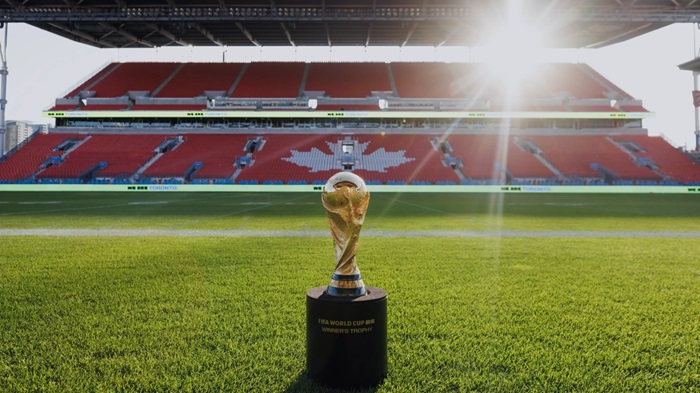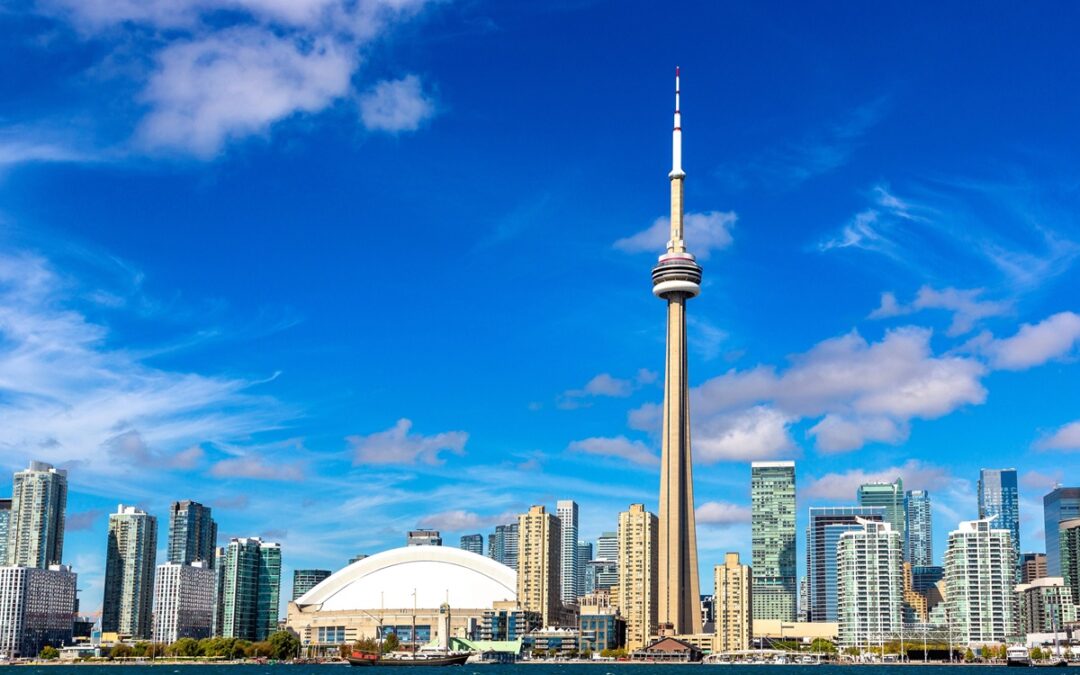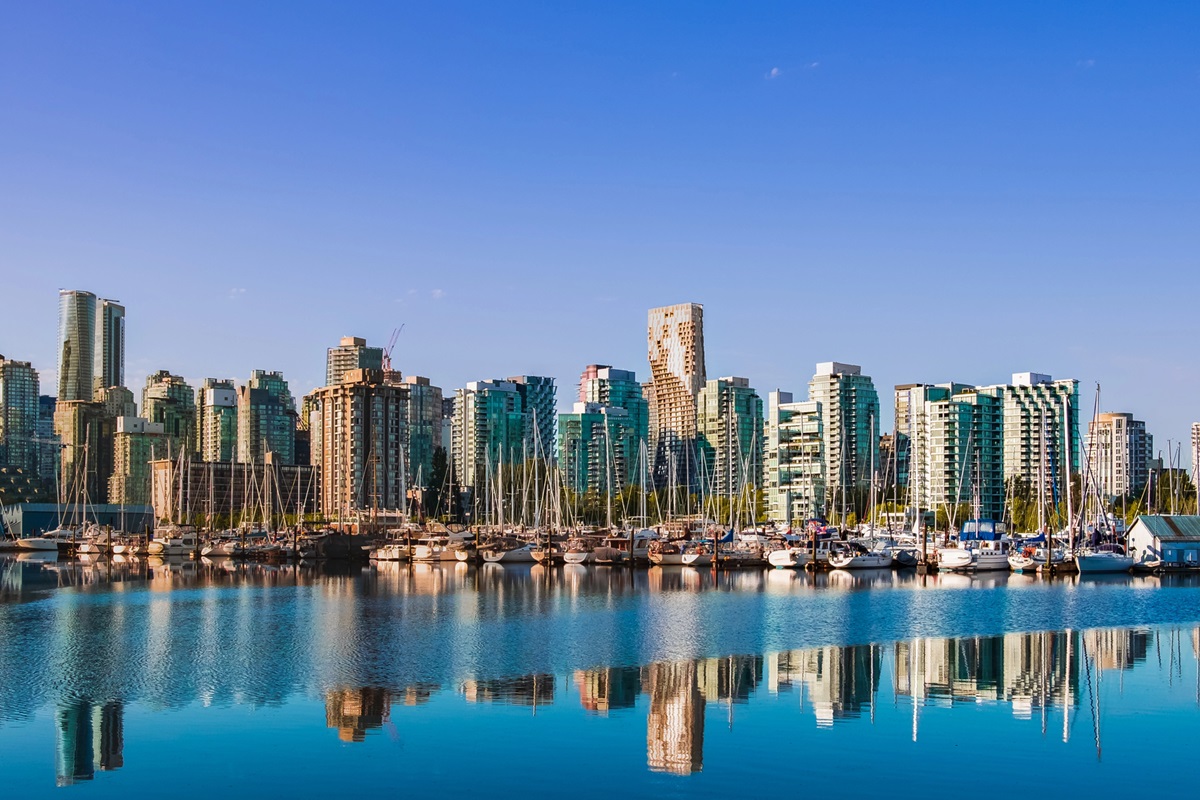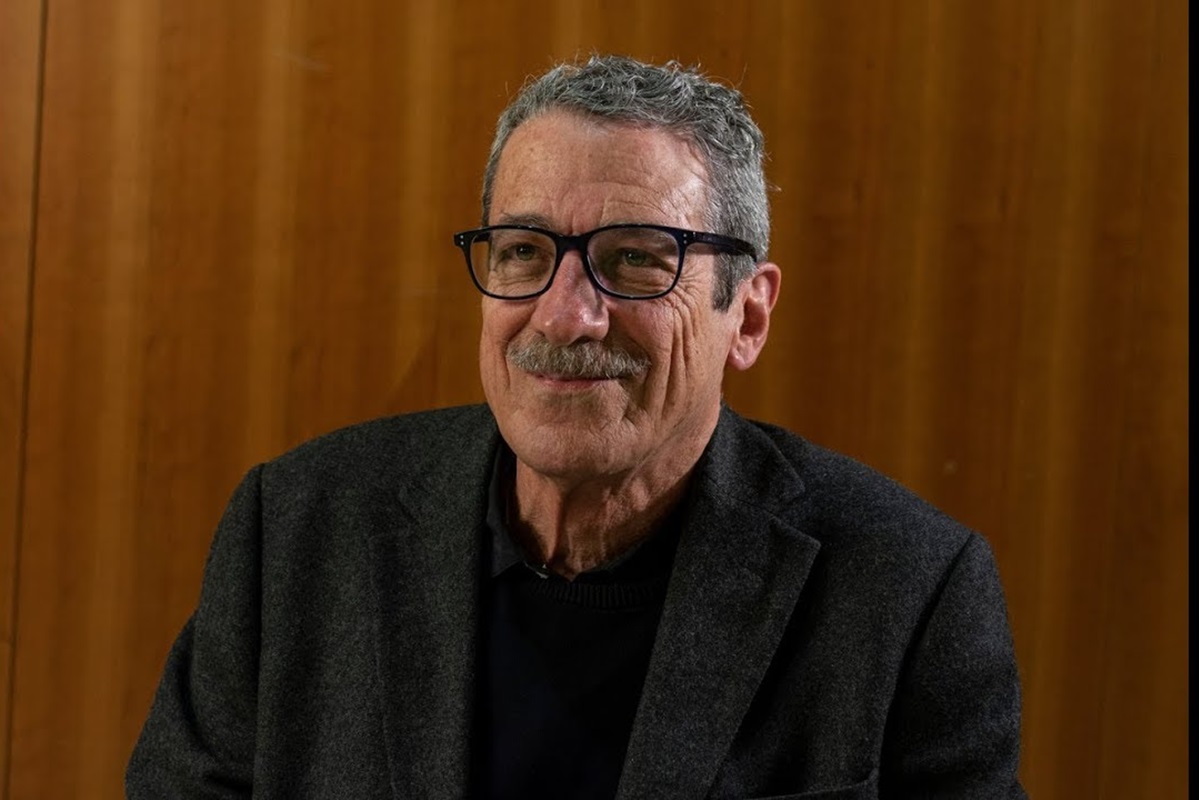When the FIFA World Cup lands in Toronto in 2026, the spectacle will go far beyond the pitch at BMO Field. Behind the goals and chants lies a carefully calculated economic play: a tournament projected to generate $940 million in economic output and create or preserve more than 6,600 jobs across the Greater Toronto Area.
The numbers, drawn from FIFA and Deloitte’s official impact studies, suggest a once-in-a-generation opportunity for the city’s economy. Yet they also expose the complexities — and risks — of turning the world’s biggest sporting event into a sustainable financial win.
The Billion-Dollar Boost

According to the most recent figures, Toronto’s hosting of six World Cup matches will inject an estimated $520 million into the region’s GDP and deliver $340 million in labor income. Much of that will flow through tourism, hospitality, construction, and event management sectors, which have become the backbone of Toronto’s sports economy.
More than 300,000 out-of-town visitors are expected to flood the city during the tournament, filling hotels, restaurants, and shops. Deloitte estimates that tourism alone could bring $240 million in new revenue. Local economists say that short-term surge could rival the total impact of major international conventions held in Toronto over an entire year.
It’s an appealing vision for a city seeking to recover from years of sluggish tourism and high inflation. But as with most mega-events, the financial picture is not entirely seamless.
Paying the Price of Hosting
The cost of bringing the World Cup to Toronto has soared to $380 million, a dramatic jump from the early estimates of $30–45 million made when the city entered the bidding process. Rising inflation, expanded FIFA requirements, and the decision to award six matches instead of five pushed costs sharply upward.
Of that total, $104 million will come from the federal government, up to $97 million from Ontario, and the remaining $178 million from the city itself. Mayor Olivia Chow has capped Toronto’s direct contribution, insisting no further burden will fall on taxpayers — a position that has forced city staff to identify at least $40 million in cost savings after part of the provincial funds was redirected to cover service costs instead of direct cash transfers.
To fill the funding gap, the city turned to creative financing tools: a temporary 2.5% increase in the Municipal Accommodation Tax, raising it to 8.5% between June 2025 and July 2026. The measure alone is projected to generate $56.6 million in additional revenue. Toronto also negotiated an unusual arrangement with FIFA that allows it to profit from commercial rights, merchandise sales, and hospitality packages, yielding an expected $34.6 million.
It’s a patchwork funding model — one that blends public investment, private partnerships, and grassroots contributions such as the “Champions Table” corporate sponsorship program, which aims to raise $15 million for community initiatives and local infrastructure.
Related content: World Cup 2026 transforms Toronto The World in a City into a global arena
Jobs on and off the Field
The World Cup’s most immediate economic benefit will be felt in employment. More than 6,600 jobs will be created or preserved between 2023 and 2026, spanning industries from construction and logistics to security and entertainment.
Many of those jobs are temporary — a characteristic of major sports events — but their ripple effect can be substantial. The Community Workforce Development Program, linked to the tournament, is training youth from Indigenous, Black, and equity-deserving communities to work in these projects, with the goal of leaving behind a more diverse and skilled labor pool.
Beyond the stadium, the spillover is already visible: hotels expanding capacity, restaurants adjusting supply chains, and transportation companies negotiating with city planners to manage the expected surge in mobility demand.
BMO Field: From Local Stadium to Global Stage

At the heart of Toronto’s World Cup transformation lies BMO Field, the home of Toronto FC and the Argonauts. The venue is undergoing a $146 million renovation — a cornerstone of the city’s World Cup investment strategy.
The upgrades will increase capacity by 17,000 temporary seats, pushing the total to 45,000, while introducing new LED video boards, a modernized sound system, high-speed Wi-Fi, and revamped locker rooms. The city is paying $123 million, while Maple Leaf Sports & Entertainment (MLSE) contributes $23 million and reinvests part of its commercial rights revenue into the project.
Not all of it will vanish after the final whistle. Permanent improvements such as the new rooftop patio, upgraded hospitality suites, and digital infrastructure are expected to enhance the fan experience for years to come. In a city where stadium space is at a premium, these changes could make BMO Field a lasting economic asset, not just a World Cup stage.
Tourism, Branding, and the Global Spotlight
Beyond the balance sheets, the World Cup will thrust Toronto onto the global stage. For Destination Toronto, the city’s tourism agency, the event is a branding windfall. The plan is to target fans from the competing nations once the final match schedule is confirmed in late 2025, hoping to convert visiting supporters into long-term ambassadors.
Airbnb and hotel analysts forecast record-breaking occupancy rates and higher-than-average daily room prices. Some expect that tourism displacement — when regular travelers avoid the city due to congestion or price spikes — could offset a portion of the gains. But experts note that Toronto’s already strong international appeal and large hospitality capacity reduce that risk compared with smaller host cities.
The hope is that the exposure of hosting the world’s most-watched sporting event will extend beyond the tournament, positioning Toronto as a prime destination for international conferences, concerts, and future global competitions.
Risks Beneath the Celebration
Even as city officials celebrate the projected windfall, economists warn of potential pitfalls. The $40 million funding shortfall remains unresolved, and inflationary uncertainty could drive construction and service costs higher.
Revenue projections — particularly from hospitality resales and merchandise — rely heavily on demand that may fluctuate. If corporate partners scale back spending or tourism underperforms, the city could face additional pressure.
There’s also the question of long-term payoff. While infrastructure upgrades and global exposure are touted as legacies, some economists argue that many benefits of mega-events dissipate quickly once the crowds leave. The challenge for Toronto is ensuring that short-term stimulus translates into sustainable growth.
Legacy Beyond 2026
City planners insist the benefits won’t end with the final match. The World Cup has accelerated a wave of legacy projects — from mini-pitches in underserved neighborhoods to upgraded training facilities at Centennial Park. These initiatives are designed to expand access to quality sports spaces and nurture future generations of athletes.
The workforce development component could prove even more impactful. By prioritizing employment and training for marginalized youth, Toronto aims to leverage the tournament as a social inclusion engine — a model that aligns with FIFA’s growing emphasis on equitable economic impact.
Culturally, the event is viewed as a unifying moment for Canada’s most diverse city. With more than half of Toronto’s residents born outside the country, hosting the world’s game carries symbolic weight. The city’s multicultural fabric will not just welcome the world; it will mirror it.
Comparing the Scoreboard
In Canada’s internal World Cup race, Toronto’s projected $940 million economic output trails Vancouver’s $1.3 billion, largely because Vancouver will host one additional match and expects a longer tourism tail between 2026 and 2031.
Compared with U.S. cities, Toronto’s impact sits in the mid-range: higher than smaller venues like Kansas City or Houston, but below heavyweights such as New York/New Jersey and Los Angeles. Yet, given Toronto’s smaller population and six-match schedule, its returns are proportionally strong.
The Real Game Ahead
Hosting the World Cup has become both an honor and a balancing act — part civic celebration, part economic experiment. For Toronto, the 2026 tournament promises new jobs, billions in output, and a global spotlight. But it also demands fiscal discipline, strategic investment, and careful navigation of political and logistical challenges.
If Toronto can close its funding gap, control costs, and convert its short-term boom into lasting growth, the World Cup could stand as a defining moment in the evolution of Canada’s sports economy. In the end, the tournament’s true scorecard won’t be written in goals but in how the city manages to turn passion into prosperity — and whether the legacy of 2026 outlives the echoes of the final whistle.
Photo of the portrait: Depositphotos







